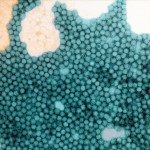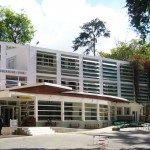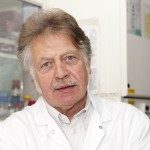Front. Microbiol. 7:1294
- Enteroviruses are among the most common viruses infecting humans and can cause diverse clinical syndromes ranging from minor febrile illness to severe and potentially fatal diseases. Enterovirus species C (EV-C) consists of more than 20 types, among which the 3 serotypes of polioviruses, the etiological agents of poliomyelitis, are included. Biodiversity and evolution of EV-C genomes are shaped by frequent recombination events. Therefore, identification and characterization of circulating EV-C strains require the sequencing of different genomic regions.
- A simple method was developed to sequence quickly the entire genome of EV-C isolates. Four overlapping fragments were produced separately by RT-PCR performed with generic primers. The four amplicons were then pooled and purified prior to be sequenced by high-throughput technique.
- The method was assessed on a panel of EV-Cs belonging to a wide-range of types. It can be used to determine full-length genome sequences through de novo assembly of thousands of reads. It was also able to discriminate reads from closely related viruses in mixtures.
- By decreasing the workload compared to classical Sanger-based techniques, this method will serve as a precious tool for sequencing large panels of EV-Cs isolated in cell cultures during environmental surveillance or from patients, including vaccine-derived polioviruses.






